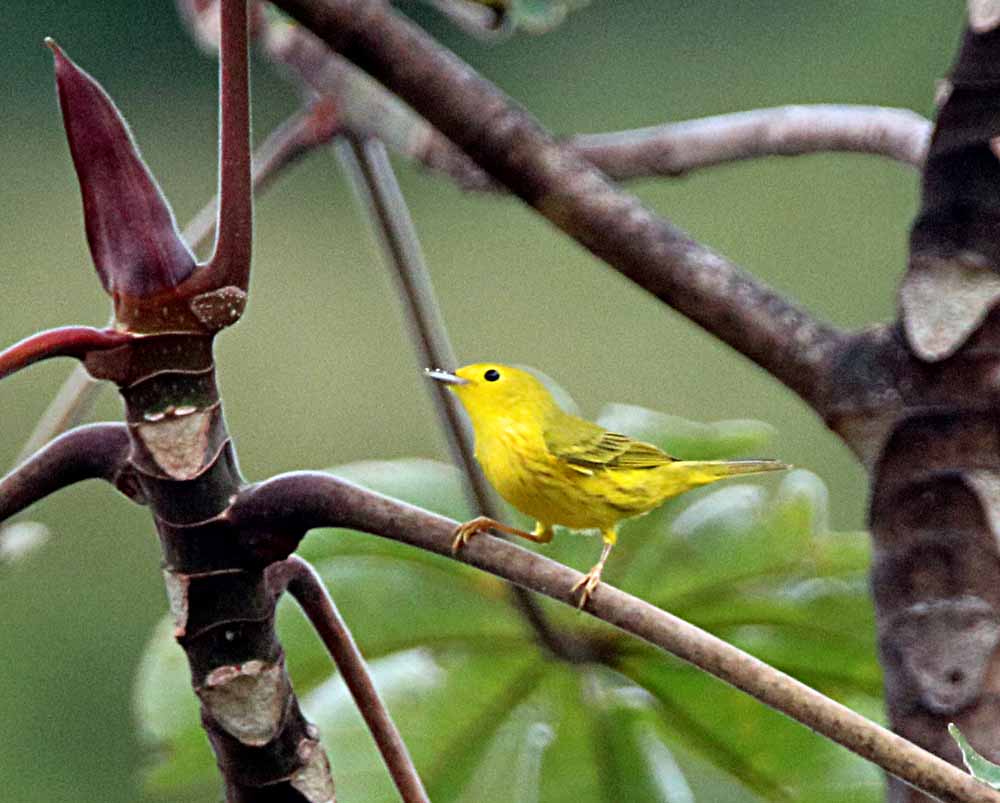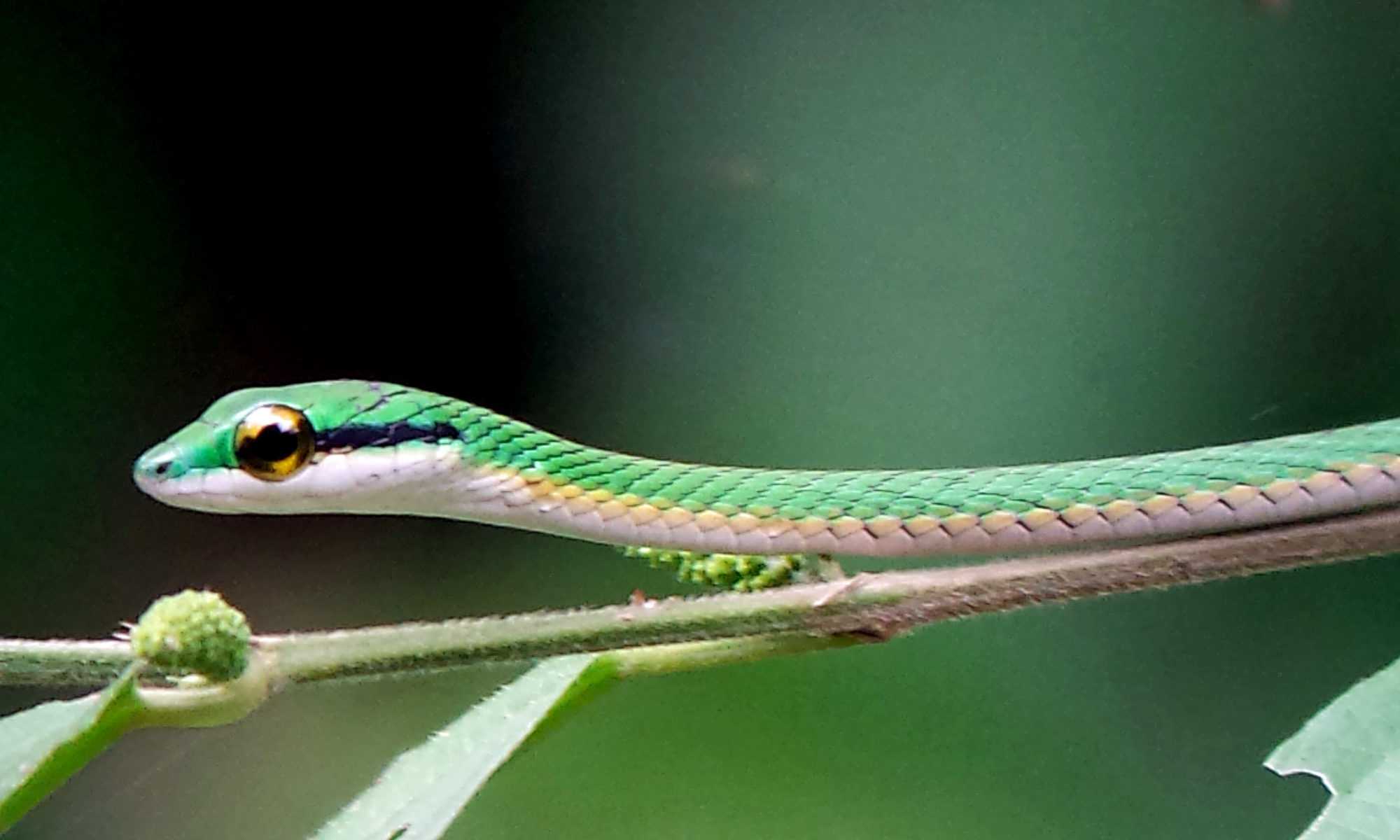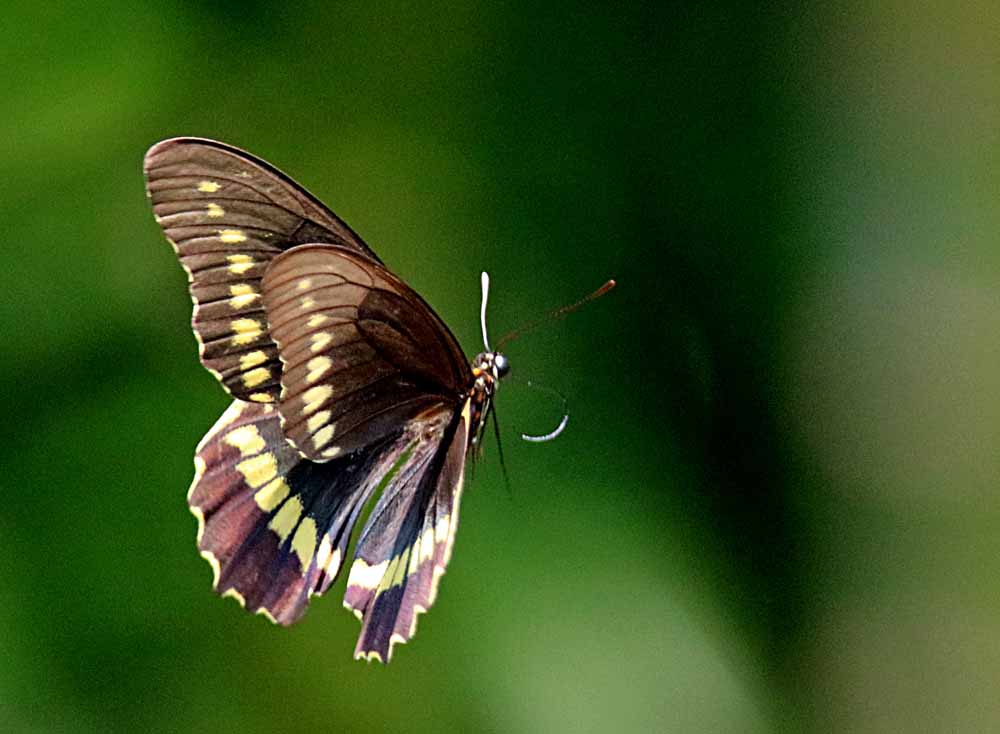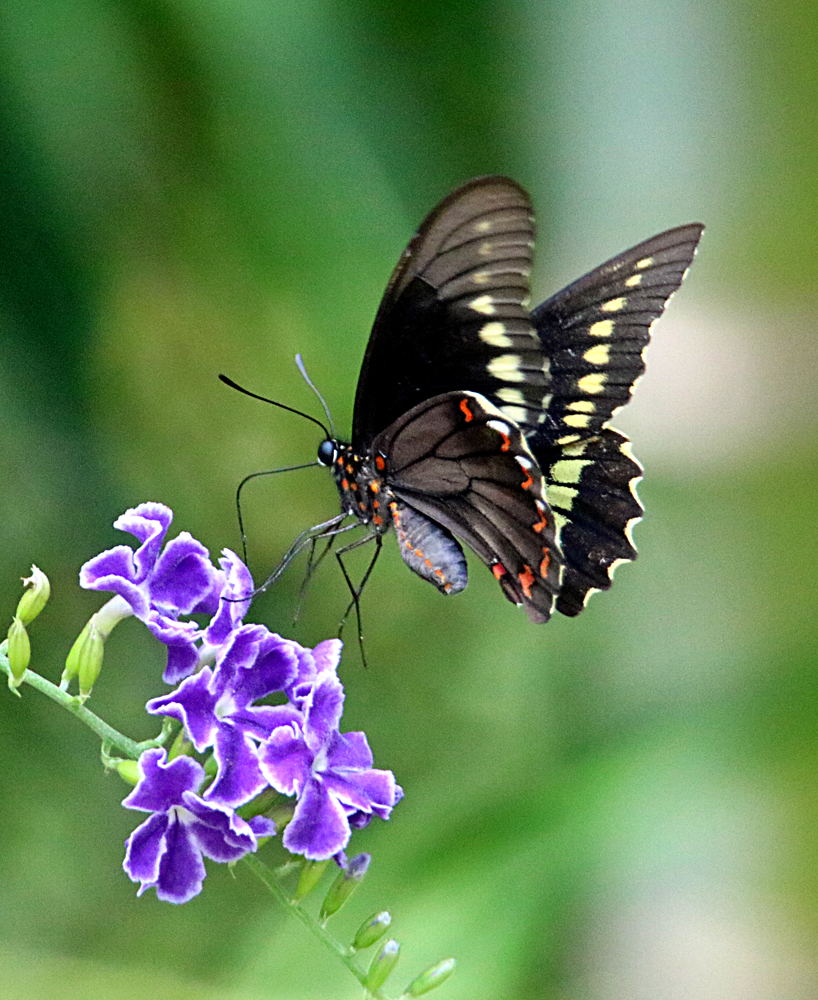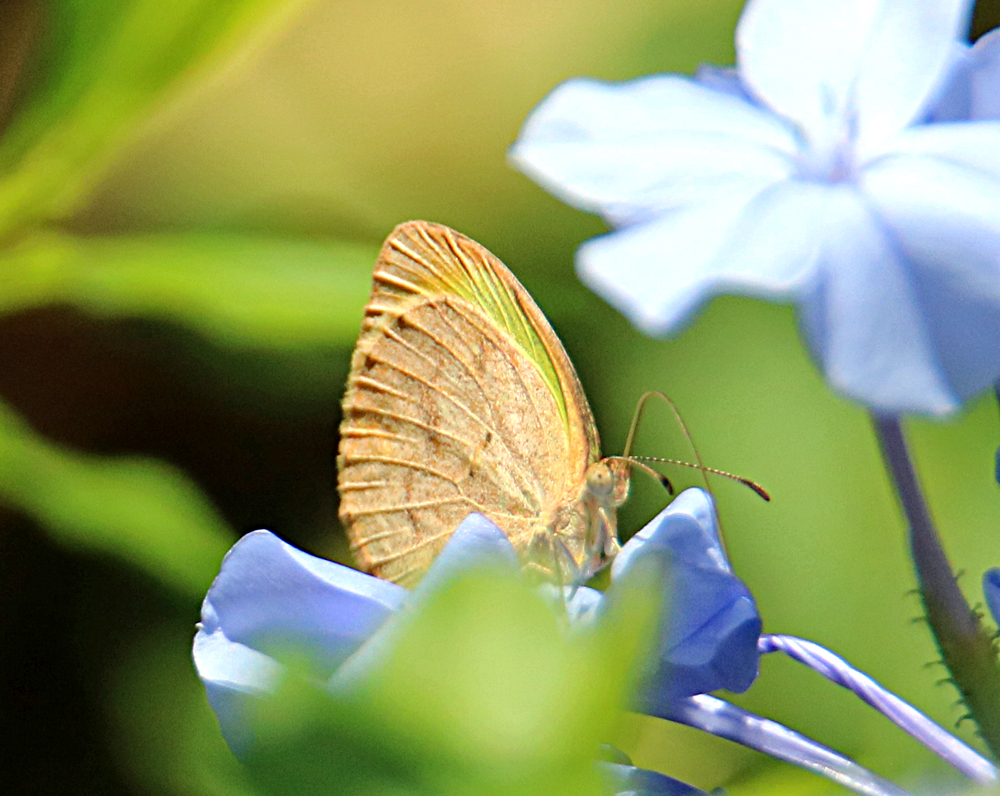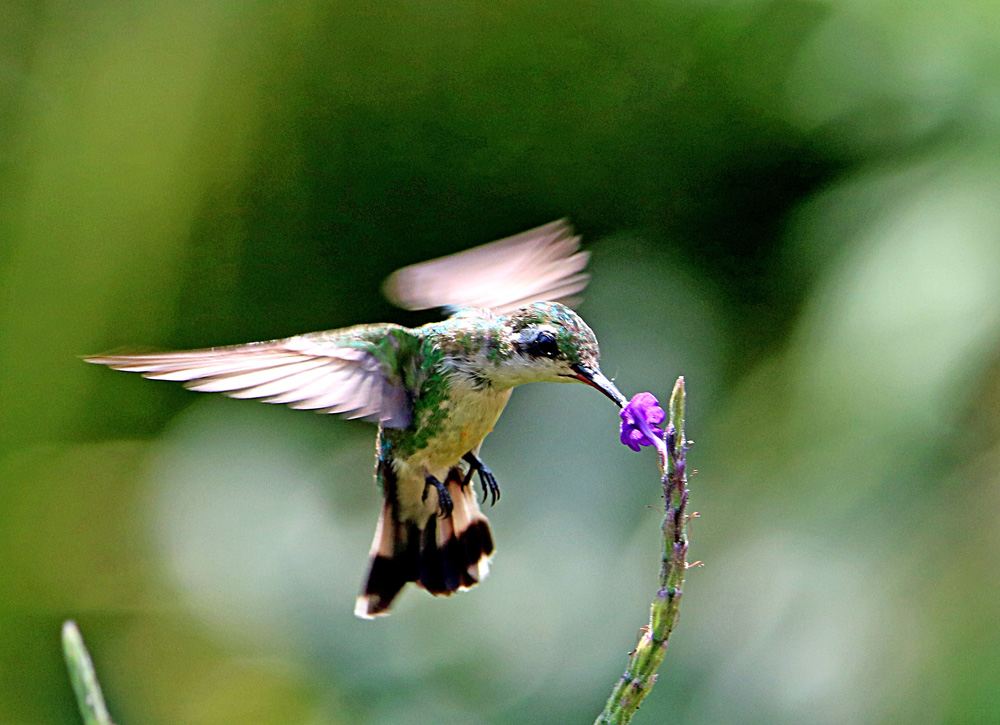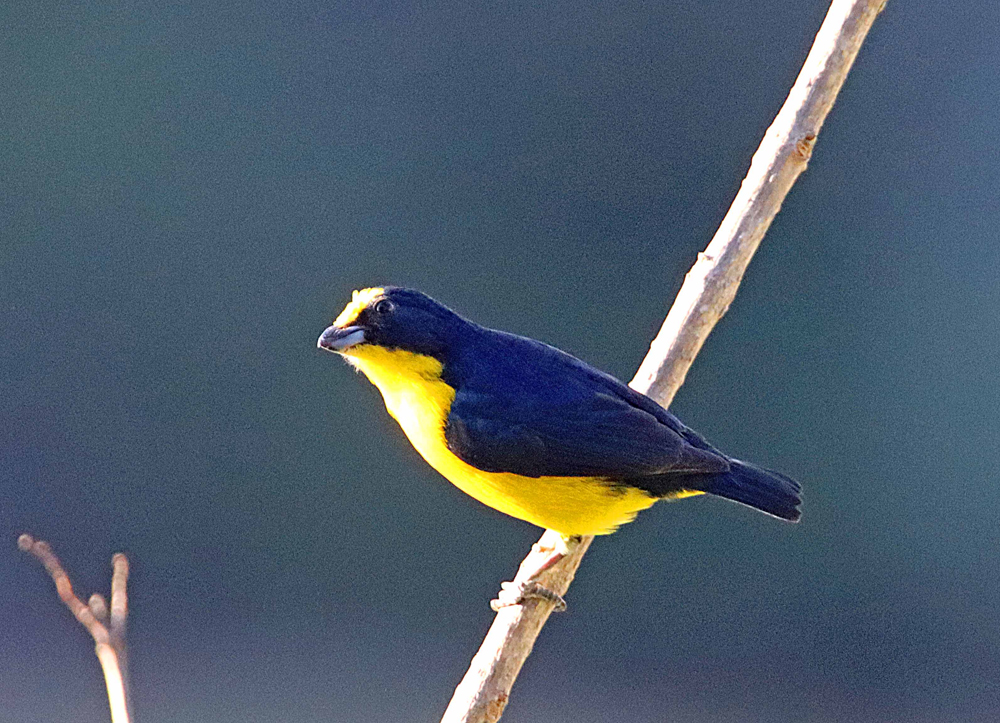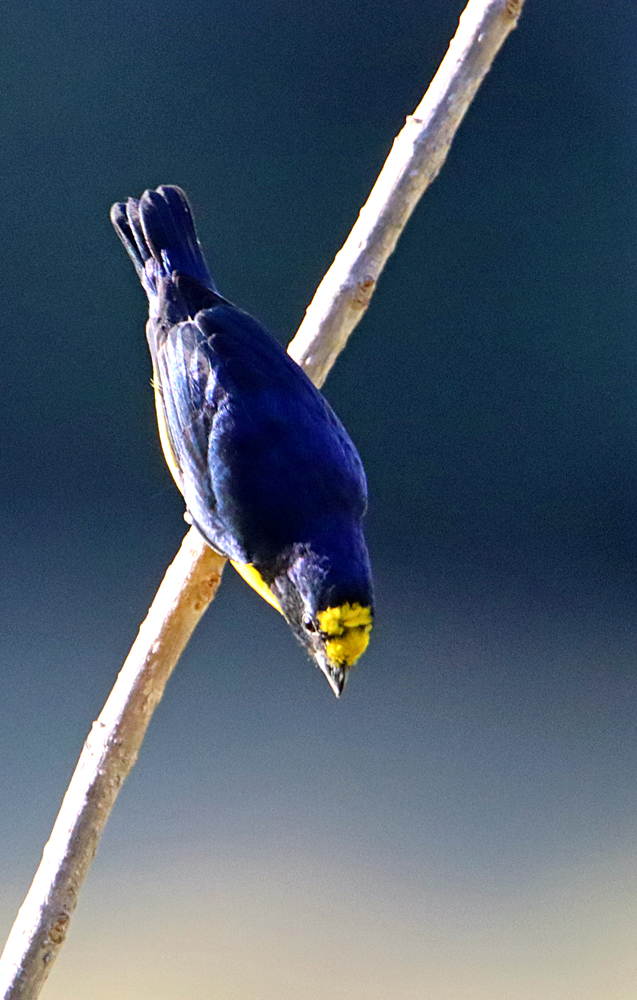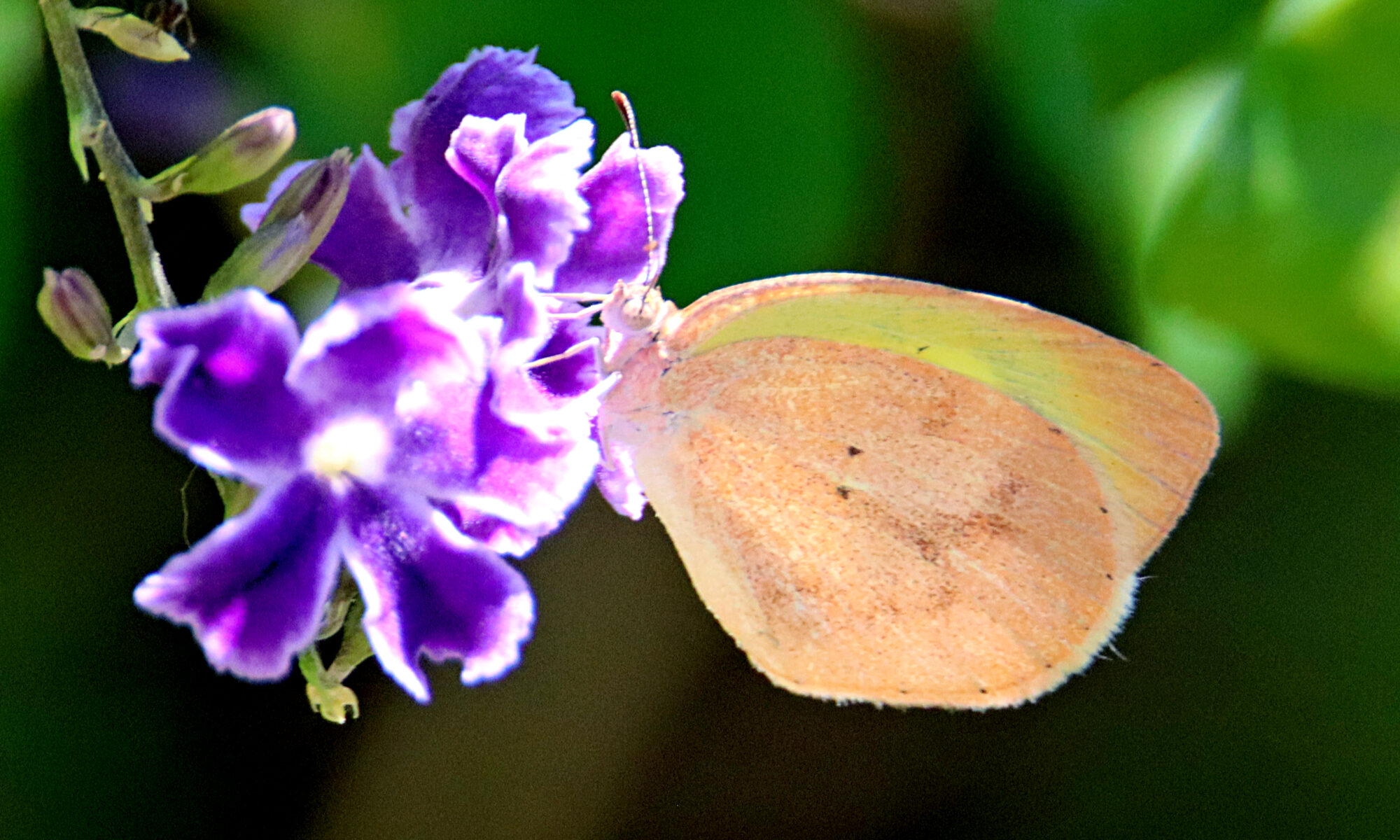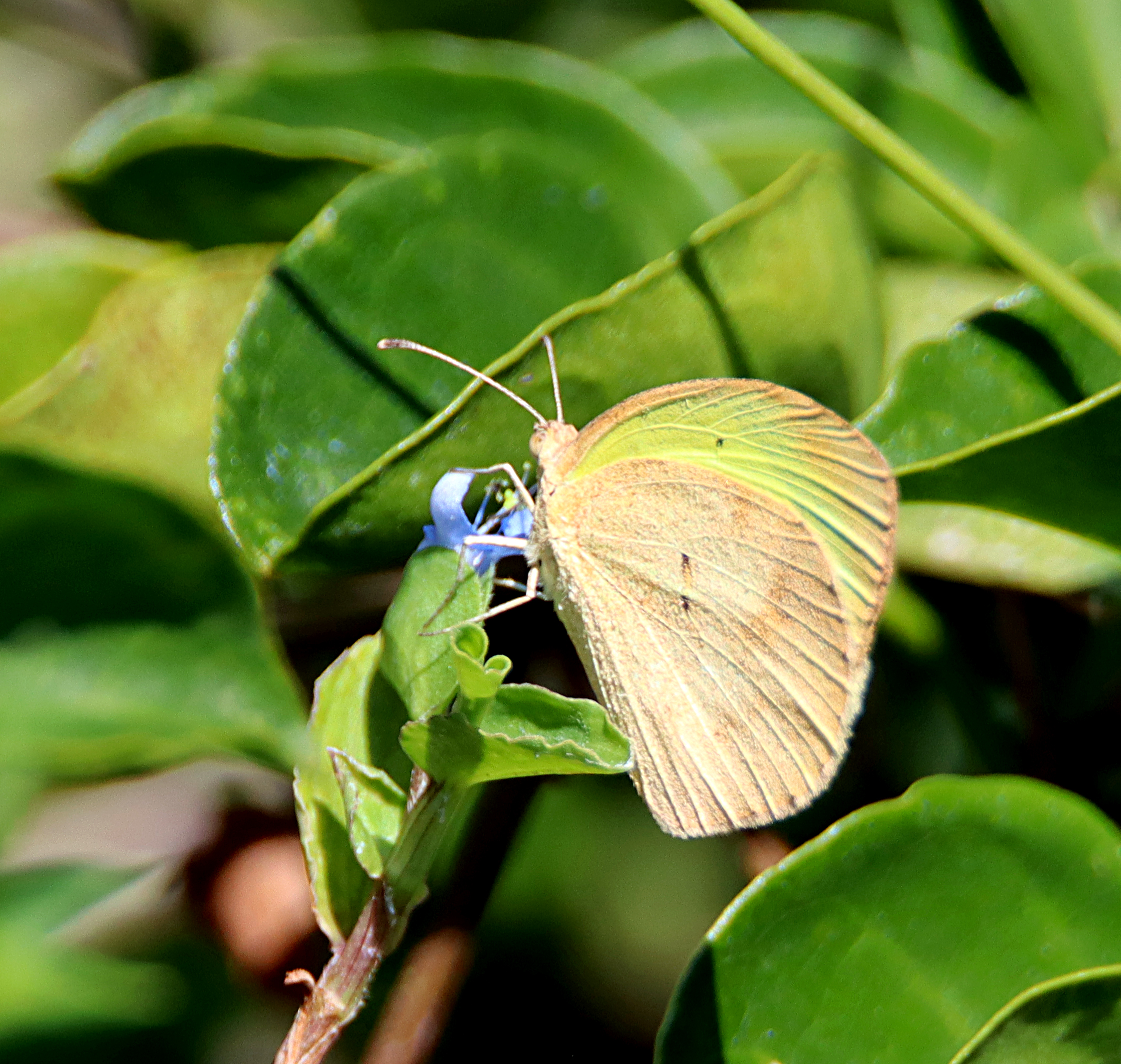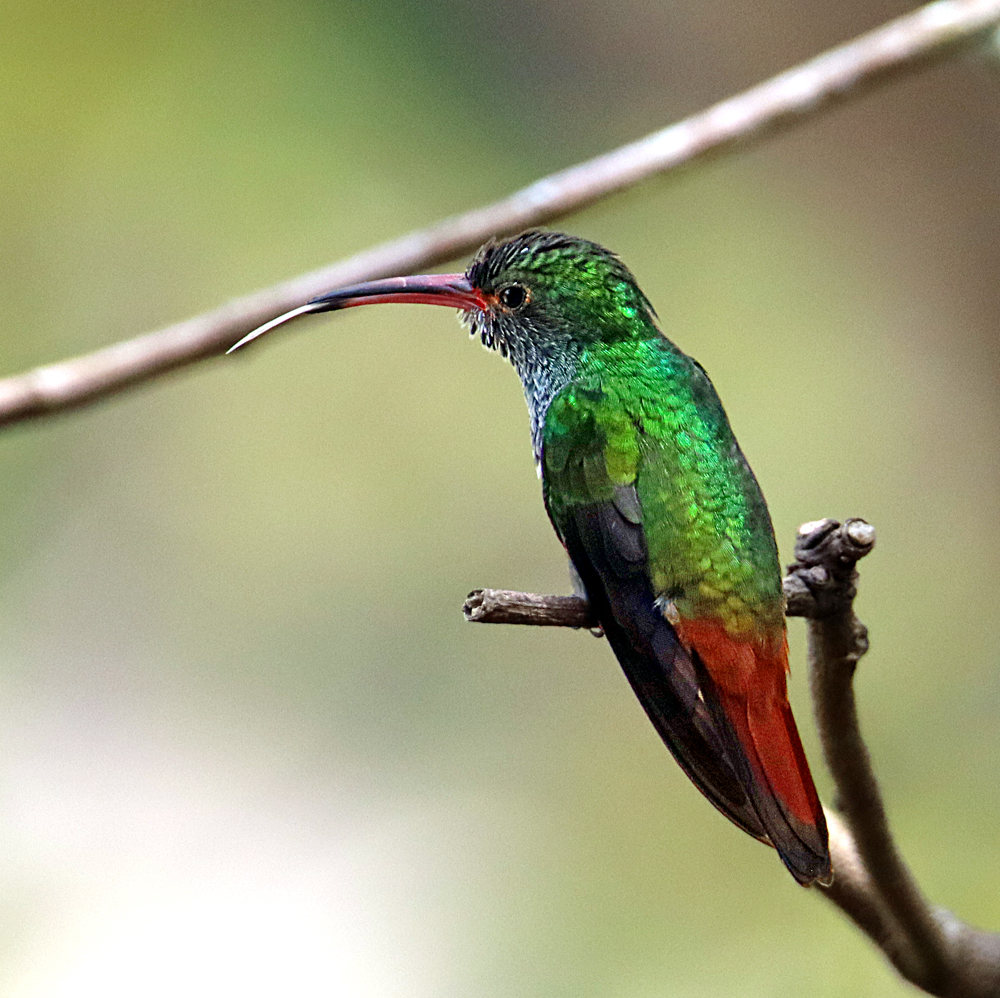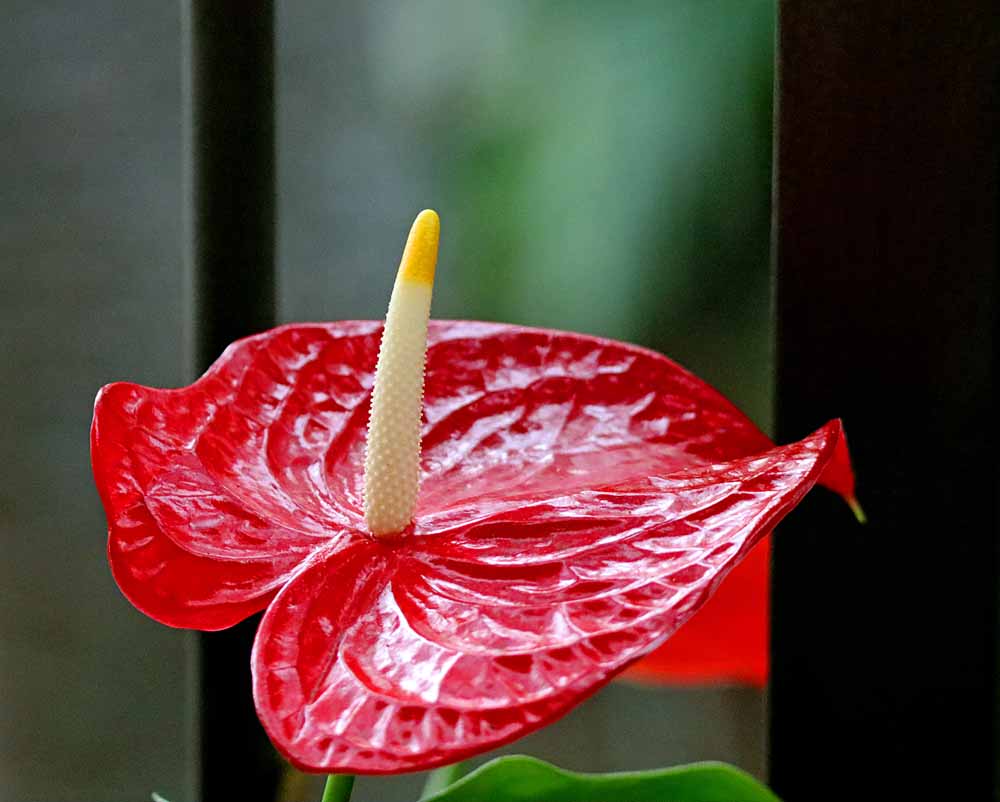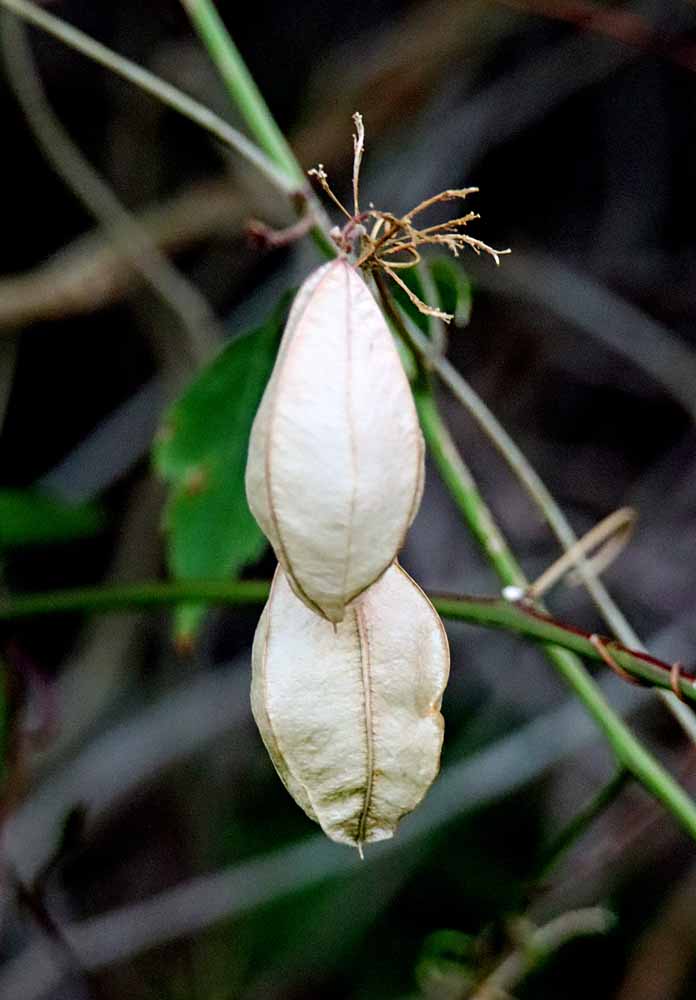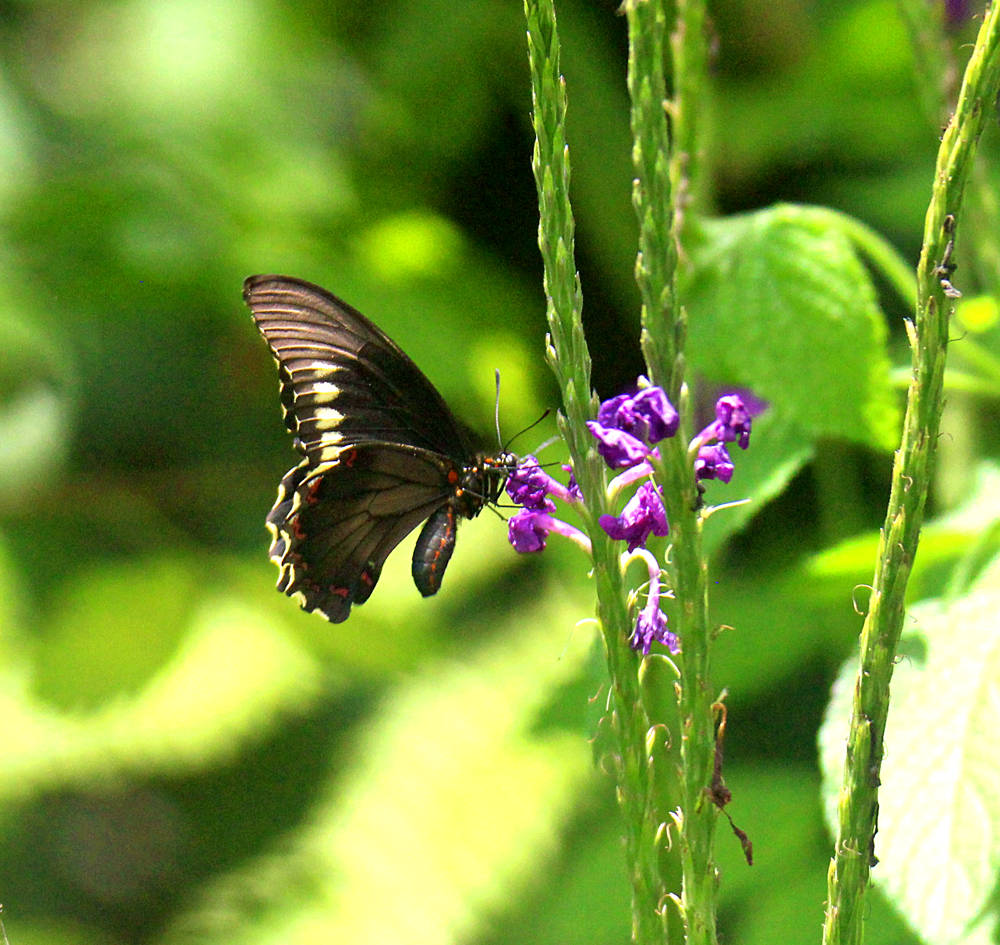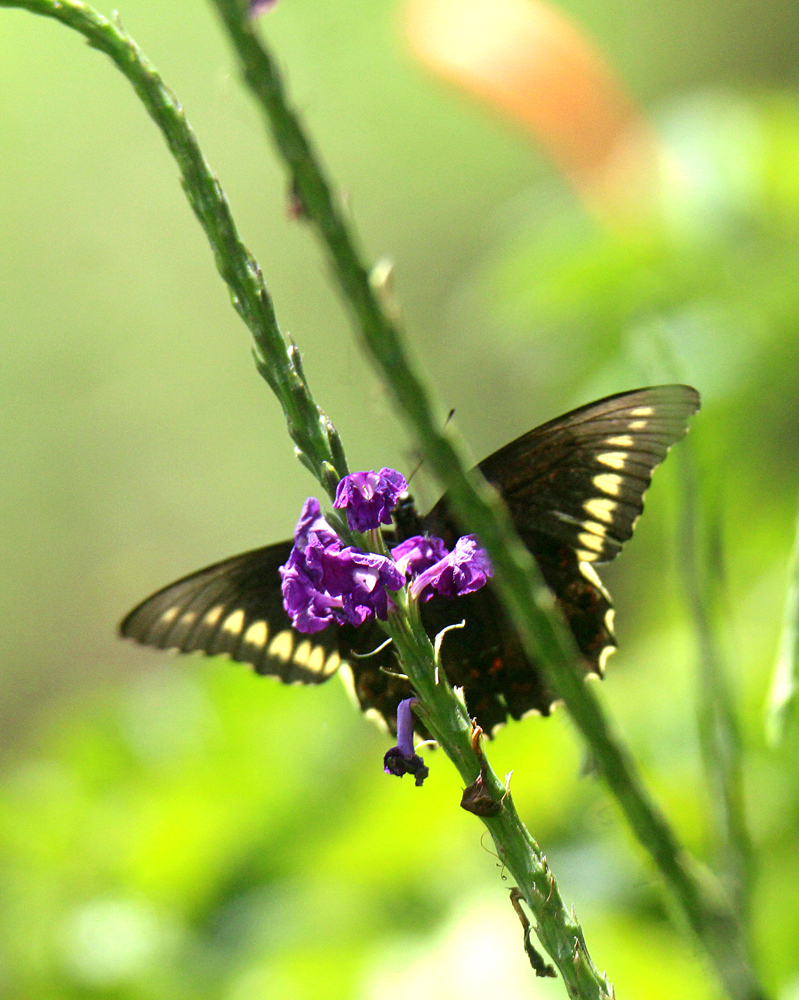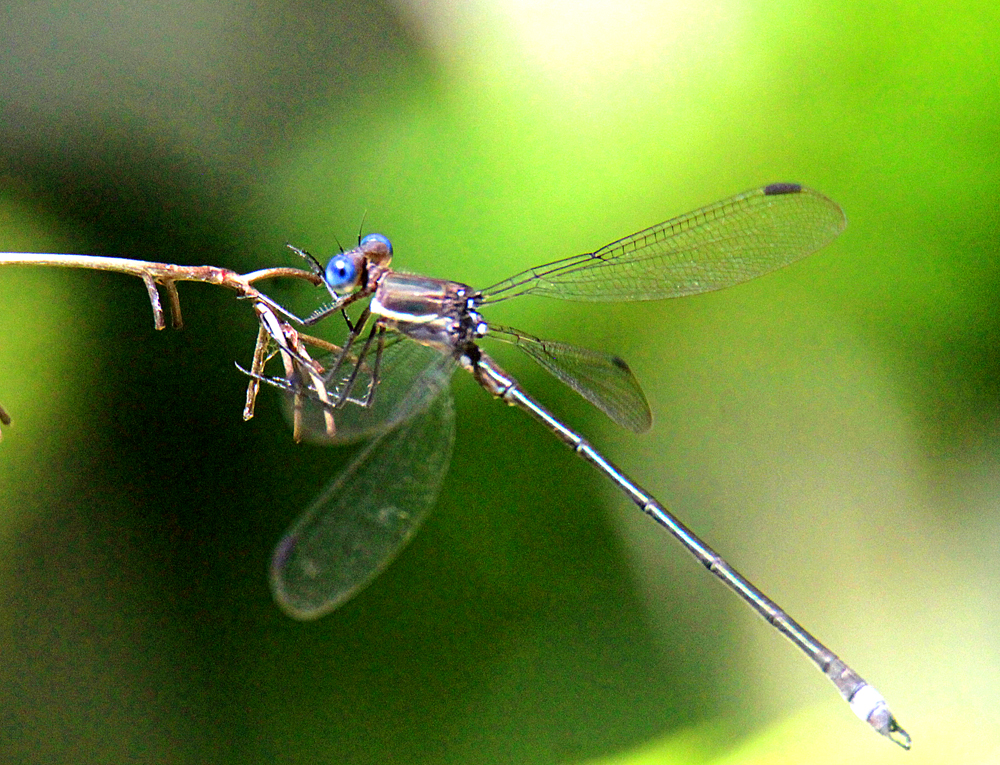I used to see a lot more of these but that was back when I saw a lot more of all birds than now. It is the Yellow Warbler, Setophaga petechia (eBird link) which is found in all of the lowlands of Costa Rica but be aware that some books are now separating the American Yellow Warbler (Setophaga aestiva) and the Mangrove Warbler (Setophaga petechia) which is the one that is a resident of Costa Rica while the American are migrants from the north and also here. The Mangrove Warbler is best known to birders as the one whose male has a chestnut red head. The females seem to be identical. You can see both in my Gallery of Yellow Warblers. And eBird has kept them together as I do in my gallery. Here’s 3 shots from my garden . . .
